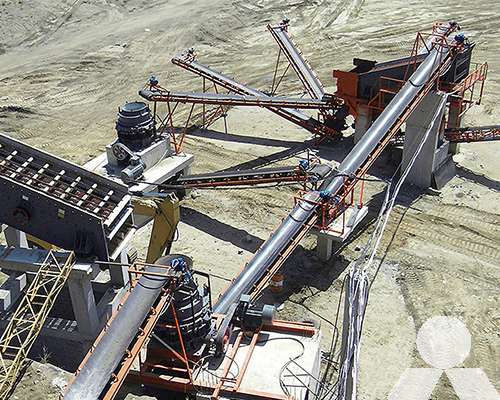Limestone Processing Plant Design
Limestone is a sedimentary rock that is composed primarily of calcium carbonate. It is a common and abundant rock, and it is used in a variety of applications, including construction, agriculture, and manufacturing.

The design of a limestone processing plant must take into account the desired end product. For example, if the limestone is to be used as a construction material, it will need to be crushed to a specific size and shape. If the limestone is to be used in agriculture, it may need to be ground into a fine powder.
The following are the basic steps involved in the processing of limestone:
- Crushing: The first step is to crush the limestone to the desired size. This can be done using a variety of crushing methods, including jaw crusher, cone crusher, and impact crusher.
- Screening: The crushed limestone is then screened to remove any unwanted material, such as dirt or clay.
- Grinding: If the limestone is to be used in a specific application that requires a fine powder, it may need to be ground using a ball mill or a vertical roller mill.
- Washing: The limestone may also need to be washed to remove any impurities.
The specific equipment and processes used in a limestone processing plant will vary depending on the desired end product. However, the basic steps outlined above are common to all limestone processing plants.
Design Considerations
There are a number of factors to consider when designing a limestone processing plant. These include:
- The desired end product: The desired end product will determine the size, shape, and purity of the limestone that is produced.
- The capacity of the plant: The capacity of the plant will determine how much limestone can be processed per unit of time.
- The location of the plant: The location of the plant will affect the cost of transportation of the limestone and the finished product.
- The environmental impact: The design of the plant should minimize the environmental impact of the operation.
The design of a limestone processing plant is a complex process that requires careful consideration of a number of factors. By carefully planning the design, plant operators can ensure that the plant meets their needs and operates efficiently and effectively.









